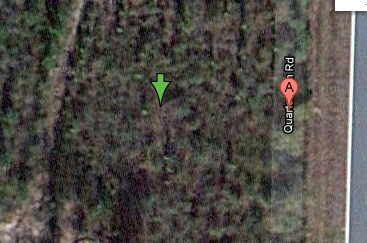How to find a lost phone in several miles of rough mowing?
After successfully examining the intelligence of a Colinus virginianus, Tractor Naturalist looked for more by mowing between the longleaf rows. The videoing phone liked those middles so much it stayed there. Or somewhere in several miles of mowing. How to find it?
 Walking and looking amused the dogs, but didn’t find much. Walking and calling it at night in hopes it would light up didn’t find it, perhaps because we weren’t willing to stomp through the mowed rough in the dark.
Walking and looking amused the dogs, but didn’t find much. Walking and calling it at night in hopes it would light up didn’t find it, perhaps because we weren’t willing to stomp through the mowed rough in the dark.
So to google! Maybe there’s a way to make the phone tell you where it is? With most phones, you need to install an app before you lose it. But for Android phones, there’s Plan B, which you can install on your phone after you lose it.
So I did, and it started sending me email, saying it had located itself within 2415 meters,  then within 96 meters, then 16 meters, then 6 meters (less than 20 feet). Each time it sent a map, the most recent of which is on the right here. That may look obscure to you, but to those of us who planted and weeded those rows, that green arrow is obviously six rows in and to me who just mowed, it’s right where I stopped mowing because I couldn’t see where I was going. Not bad, Plan B!
then within 96 meters, then 16 meters, then 6 meters (less than 20 feet). Each time it sent a map, the most recent of which is on the right here. That may look obscure to you, but to those of us who planted and weeded those rows, that green arrow is obviously six rows in and to me who just mowed, it’s right where I stopped mowing because I couldn’t see where I was going. Not bad, Plan B!
So we went with Gretchen’s phone to call mine. It rang! We tried again. She said,
It’s under my foot!
She reached down and held it up: phone found. Just like she finds rattlesnakes (but that’s another story).
I wasn’t thinking quickly enough to borrow her camera to catch her in the phone-finding act, but she took this picture of me and the dogs with the just-found phone:
Continue reading
